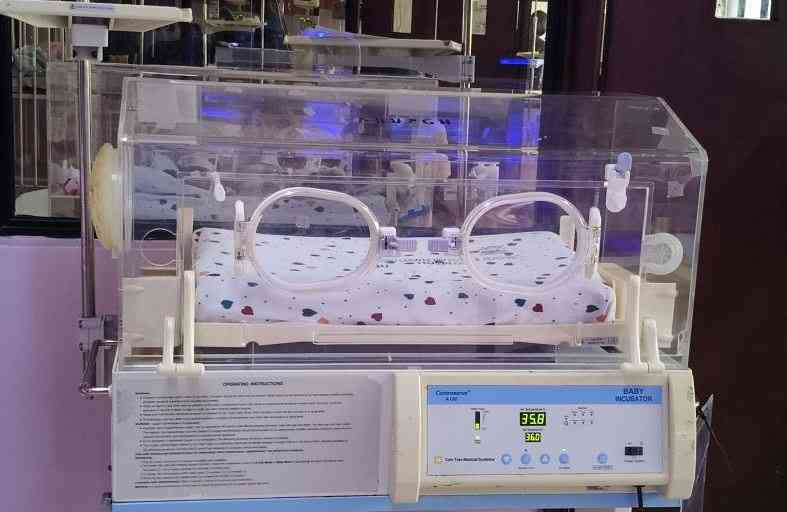
Health CS Susan Nakhumicha is joined by Director General for Health Patrick Amoth, WHO and UNICEF representatives during the launch of the health facility census assessment report on Dec 21, 2023. [Jonah Onyango, Standard]
As President William Ruto pushes for implementation of the Universal Health Coverage (UHC), just a handful of hospitals...
 The Standard Group Plc is a multi-media organization with investments in media platforms spanning newspaper print
operations, television, radio broadcasting, digital and online services. The Standard Group is recognized as a
leading multi-media house in Kenya with a key influence in matters of national and international interest.
The Standard Group Plc is a multi-media organization with investments in media platforms spanning newspaper print
operations, television, radio broadcasting, digital and online services. The Standard Group is recognized as a
leading multi-media house in Kenya with a key influence in matters of national and international interest.











